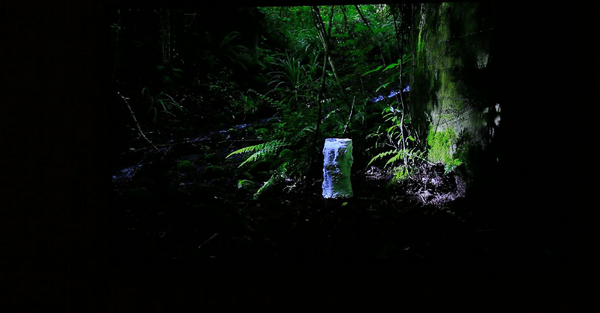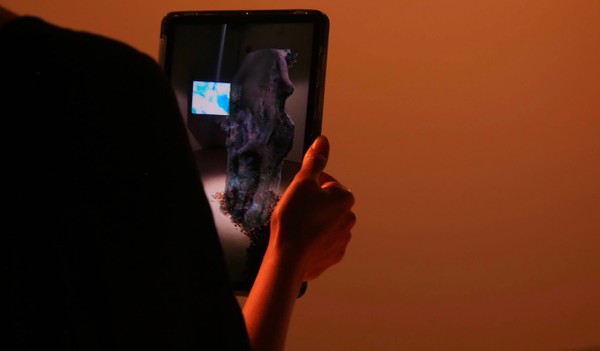Finn Petrie
This work is a step towards broadening our channels of communication in the built environment. The initial process of making might be called a cognitive assemblage – where the cognition of plants, myself, and technologies are all at play to produce the works.
Responding to how plants make with one another, houses by plants for plants (epiphyte sites) are 3D-printed in clay. The prints become approximations of tree bodies found in the Catlins (the largest rain-forest on the East Coast of Aotearoa/New Zealand) by human technologies through the layered use of computer vision and additive manufacturing. The final models have been placed around Ōtepoti/Dunedin. Within the elm trees of Anzac Avenue and beside the Ōwheo/Water of Leith in Ross Creek. Here they are interventions, with the hope of allowing plants their full autonomy in the work as they germinate and grow on the prints.
In the long term I intend this to also function as a scientific experiment. The trees of Anzac Avenue were the subject of a study in the late 90s attempting to correlate epiphytic lichen bio-diversity with air-pollution levels. In this way, what will grow at these sites in the next 5-10 years may be correlated with this data – both telling us something about the complexity of the air, as well as its dynamics, but also bringing this knowledge into a wider field. That is to allow for an emergent cross-species biosemiotics in the public domain, where our channels of communication are less restricted to human-human encounters.
In the context of the gallery, the work is a speculative model, imagining the various futures these ‘homes’ might come to. Time is central. Videos of plant-time – moments captured of the sculptures in situ, as well as panning microscopic landscapes of lichen spores – were hung from the ceiling. A site-specific monument lays on the floor – with leaves taken from the two sites forming the landing for sculptures – while an augmented reality simulation scaffolds the sculpture’s data in a rich, virtual biodiversity. This simulation takes place over different time frames for each user, and imagines a slow, or perhaps fast growing biofilm; perhaps lichen or moss, or perhaps a new form of liveliness.


